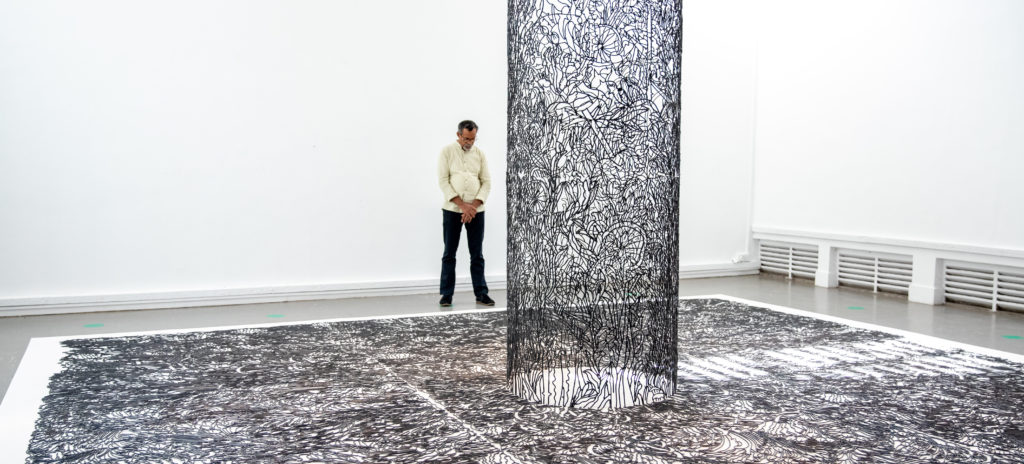There is a quote attributed to Morgan Freeman, which basically states that the only way to stop racism is to stop talking about it. I am not sure where, when or why Freeman said it; this is the same actor, after all, who objected to the term “Black history” and argued that it was part of American history, objecting further to limiting its commemoration to a month. On the other hand, the quote makes no sense at all; isn’t not talking about something like pretending it never happened or existed at all? To me it’s no different to saying we should stop talking about the Holocaust in relation to antisemitism, which of course is the same as denying it happened in the first place. It just doesn’t work.
Fortunately, there is no one in Sri Lanka who wants to stop talking about July 1983. Both sides have opened up. Sinhala Buddhist nationalists want us to remember the Sinhalese and Buddhists who helped their Tamil friends from being massacred while Tamils want us to remember the thousands of civilians who were not fortunate to be in the company of such people, who had no choice but to face the slaughter. To open old wounds is to reflect on who inflicted them, which is why remembrance is so important. In that sense Sri Lanka has been better than many others; every year it remembers July 1983, the horrors it unleashed, the trauma that “cries out to the very heavens” and the wounds that need healing.
For July 1983 was transformative in the same way 1956 was. The only difference was that 1956 happened without a drop of blood while more than mere drops of blood spilt on the streets of Borella, Maradana, Colombo and elsewhere in 1983. In all other respects, it was epochal in the sense that things have never been the same since. This is not to say that a line must be drawn from 1956 to 1983. That would be indulging in revisionism of the worst, most vulgar sort. But the moment the progressive potential of 1956 became thwarted by the forces which had given birth to it and its emancipatory possibilities became stunted beyond repair, a 1983 became inevitable. It had to happen, sooner or later.
In Long War, Cold Peace, Dr. Dayan Jayatilleka reflects on an observation made by Newton Gunasinghe that our culture never contained a code of violence. This is somewhat in contradiction to Bruce Kapferer’s claims, of course, but Dr. Jayatilleka turns the observation on its head when he contends that “some subterranean socio-cultural trait causes violence to swiftly assume the character of barbarism.” In other words, we remain pacific, indolent, and complacent; once hysteria seeps in, however, we become barbaric. By “we”, incidentally, I am referring to Sri Lankans in general, not one community or another. But the point is clear enough. Unless held in check, our baser instincts tend to dominate, to unleash themselves in rivers of blood. It is the state that should moderate these instincts. Once the state abdicates such a role, one can only expect a protest, a pogrom or an uprising.
Sri Lanka’s most violent decade post-independence, the 1980s, witnessed all three: the July 1980 strike, the July 1983 pogrom and the second JVP insurrection. The state did not so much break down as take the massive mandate that it received in 1977 for granted to the extent of holding a questionable referendum and, on the basis of that referendum, delaying elections and extending the life of the parliament. July 1983 is located at a pivotal point, a crucial crossroads, in the calamities that unfolded during this period. It led to two outcomes: an upsurge in the LTTE’s popularity, feeding into fratricidal wars within the Tamil liberation struggle and the proscription of the left, which forced the JVP to take up arms and behave the way it did in later years. In other words, 1983 provoked a conflagration in the north and the south, a conflagration from which we have never properly recovered.
What 1983 requires, in that sense, is an objective, honest account. There have been several studies done in relation to July 1983: Kapferer’s Legends of People, Myths of State, Tambiah’s Buddhism Betrayed and Newton Gunasinghe’s Ethnic Conflict in Sri Lanka: Perceptions and Solutions. Rajan Hoole’s reminiscences of the pogrom are perhaps the most detailed, comprehensive and damning. Yet what we require is a contemporary take on the pogrom, its causes and consequences, what it means for the present generation. We require more than a vigil, more than a protest, although vigils and protests are necessary. But remembrance will have to be followed by reflection: mistakes must be admitted and some reconciliation must be brought about. Television infomercials and documentaries which end with that typical liberal slogan “Never Again!” simply won’t cut it.
Regarding our penchant for violence, I defer more to Newton Gunasinghe’s argument than Bruce Kapferer’s, although I find some of the latter’s claims interesting, intriguing and even accurate. Dr. Jayatilleka’s take on Mr. Gunasinghe’s observation is also correct but in this day and age it requires an addendum. Our culture does not contain a code of violence and some trait causes violence to take on barbaric proportions when it erupts but many of us tend to seek absolution once the moment of barbarity passes. That even Sinhala nationalists, who would otherwise have been expected to deny July 1983 ever happened, accept it for what it was, although stopping short of asking for forgiveness, shows that there is a consensus about what 1983 meant and what we are to make of it. This is to be welcomed. But at a time when Sri Lanka is miring itself up in other divisions, political and ethnic, it behoves us to think back on July 1983 and think of how we are to progress from that moment.
